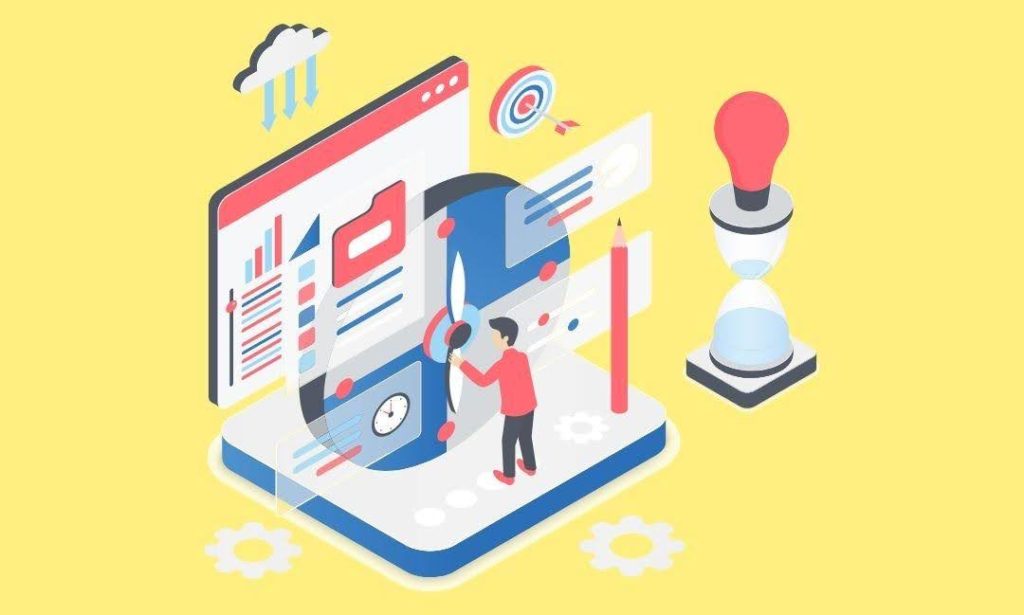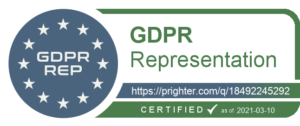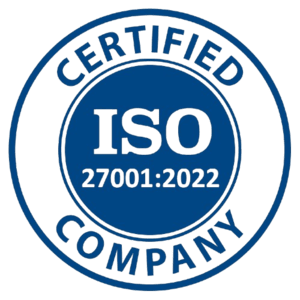That being said, its not a secret that motivated and engaged staff members are assets to the company. When employees or team members feels acknowledged and appreciated, their engagement and motivation improve, driving the company’s growth.
Creating and maintaining a structured, holistic, helpful, and friendly environment not only helps increase output but also reduces attrition, and enhances employee retention rates. There are various ways and methods to keep your team members motivated, engaged, and happy.
In this blog, we will highlight the best practices for creating and maintaining a dynamic workplace with highly engaged and motivated team members. We will cover how to establish a productive workplace, honor accomplishments, provide opportunities for professional growth, and supply the necessary equipment and resources.
What is Employee Engagement and Motivation?
In organizational behavior and education, engagement and motivation are closely connected concepts. The term “engagement” refers to a person’s degree of passion and interest in a task or function. It involves being fully absorbed and focused.

It drives people to act on and continue to pursue their goals.
Key points about engagement and motivation:
- They are inter-connected: Increased engagement usually follows higher motivation, and vice versa.
- Both might be extrinsic—influenced by external factors like organizational culture, workload, etc, as opposed to intrinsic, which is driven by internal factors like personal interest.
- They are both essential for learning, improving professional performance, and personal growth.
- Techniques to improve engagement and motivation frequently center on establishing specific objectives, fostering meaningful interactions, offering constructive criticism, and facing healthy challenges.
Best Practices: How to Keep Your Team Engaged and Motivated
Let’s learn the six key areas of best practices for keeping a highly engaged and motivated team.
1. Create a Positive Work Environment
The basis for employee motivation and engagement is a very positive work environment.

Team members are likely to be productive when they feel valued and supported in their environment.
Here are some ways to ensure that:
a) Transparent and open communication
Encourage transparent and open communication throughout your organization. Establish means by which employees can freely express their thoughts and concerns without feeling intimidated. Regular pan-organizational town halls, daily team meetings, and the installation of anonymous suggestion/grievance boxes are a few examples of this.
b) Promote work-life balance
Adopt policies that promote work-life balance in recognition of its significance. This could entail unrestricted paid time off, remote job opportunities, or flexible working hours. Employee engagement at work is higher when they perceive that their personal lives are valued.
c) Create a comfortable work environment
Invest in furnishing a workspace that encourages productivity. This can include calm spaces for plants and ergonomic furniture. A well-designed workplace can impact employee mood.
d) Encourage social connections
Provide your team members with chances to socialize with each other. Plan social gatherings, team-building exercises, or provide common places where staff members can mingle. Engagement and job happiness at work can be raised by having strong social ties.
2. Set Clear Goals and Expectations
Staff feel motivated and will do more work when they know how their role fits the company’s goals.

a) Establish SMART goals
Start with implementing specific, measurable, attainable, relevant, and time-bound objectives for each employee in your team and yourself. This will help staff members see how their work fits into more significant goals.
b) Involve employees in goal-setting
Invite team members to take part in creating their individual objectives. This strengthens their sense of responsibility and dedication towards achieving those goals.
c) Communicate expectations clearly
Provide detailed job descriptions and regularly discuss performance expectations. Be specific about what success looks like in each role.
d) Set realistic deadlines
Ensure that deadlines are aspirational but achievable. Unrealistic timelines can lead to decreased motivation.
e) Regularly review and adjust goals
Schedule periodic check-ins to review progress towards goals and make adjustments as necessary. This keeps goals relevant and attainable as circumstances change.
f) Use visualization tools
Implement visual management tools like kanban boards or progress trackers to help team members see their progress towards goals.
Changing Rules of Talent Engagement
3. Rewards and Recognition
Rewards and recognition are strong inducements that have the potential to raise participation.

a) Implement a formal recognition program
Develop a structured program for acknowledging outstanding performance. This could include ‘employee of the month’ awards, annual performance awards, or milestone recognitions.
b) Provide immediate and specific feedback
Don’t wait for formal reviews to recognize good work. Offer immediate, specific praise when you observe commendable performance. This reinforces positive behaviors and motivates employees to continue excelling.
c) Tailor recognition to individual preferences
Recognize that different employees may prefer different forms of recognition. While some would value recognition in public, others might want a private expression of gratitude. Get to know each member of your team and adjust your strategy accordingly.
d) Offer meaningful rewards
Make sure your employees value the recognition or award you provide them. This could include additional time-off, chances for professional growth, or a physical gift that they would appreciate.
e) Encourage peer-to-peer recognition
Encourage a culture in which team members value and acknowledge one another’s contributions. Peer nomination programmes and kudo sharing time at team meetings are two ways to help with this.
f) Celebrate team achievements
Honor team accomplishments in addition to individual ones. This encourages cooperation and reaffirms how crucial teamwork is.
g) Link rewards to organizational values
Match your recognition programme to the guiding principles of your business. This strengthens the attitudes and actions that matter most to your company.
4. Offer Professional Development Opportunities
Giving your staff proper opportunities for their professional and personal development.

a) Offer continuous learning opportunities
Provide employees with access to industry conferences and workshops so they may grow professionally.
b) Implement mentoring programs
Pair less experienced employees with seasoned professionals for guidance and career development. This benefits both parties and fosters a culture of continuous learning.
c) Create individual development plans
Together with each team member, establish a customized growth plan that fits both the demands of the company and the employees’ professional goals.
d) Provide cross-training opportunities
Permit staff members to become familiar with various divisions and functions within the company. This ensures that their skill set is expanded, and can result in some innovative cross-functional collaborations.
e) Support internal mobility
Encourage and facilitate internal job transfers or promotions. This shows employees that there are growth opportunities within the organization.
f) Allocate time for skill development
Think of introducing rules similar to Google’s well-known “20% time,” which allow staff members to set aside a portion of their working hours for personal endeavors or professional growth.
g) Offer tuition reimbursement
If possible, provide financial support for employees pursuing relevant degrees or certifications. This demonstrates your commitment to their long-term growth.
5. Encourage Team Collaboration
A collaborative work environment can increase engagement by fostering a sense of shared purpose.

a) Create cross-functional teams
Form teams with members from different functions, departments, or areas of expertise. This promotes knowledge sharing and can lead to innovative solutions.
b) Implement collaborative tools
Use technology that promotes cooperation, like instant messaging apps and project management software.
c) Design collaborative workspaces
If possible, design physical areas—like open floors and layouts, breakout rooms, or shared work tables—that promote collaboration and teamwork.
d) Encourage brainstorming sessions
Regularly hold team brainstorming sessions to solve existing problems the team faces and to encourage creative resolutions to address them. This taps into collective creativity and makes everyone feel valued.
e) Promote a culture of knowledge sharing
Through internal presentations, seminars, and centralized knowledge bases, encourage employees to share their knowledge.
f) Implement team-based goals
Put team goals next to individual ones to highlight how crucial teamwork is to the success of the organization.
g) Celebrate diversity
Acknowledge and make use of the various viewpoints and abilities that exist within your team. This may result in a more creative solution set and a more welcoming workplace.
6. Provide the Right Tools and Resources
To keep your team engaged, ensure they have access to the necessary tools.

a) Conduct regular needs assessments
To guarantee that every team member can utilize new tools or procedures efficiently, give them extensive training before implementing them.
b) Invest in up-to-date technology
Provide modern, efficient technology solutions that allow your team to work productively. This might include state-of-the-art systems, devices and machines, industry-specific software, or mobile devices for remote work.
c) Offer comprehensive training
To guarantee that every team member is proficient in using new tools or processes efficiently, provide them with extensive training before implementing them.
d) Ensure access to information
Create systems that allow easy access to necessary information, such as well-organized shared drives, searchable databases, or comprehensive wikis.
e) Provide adequate support
Ensure that any kind of technical or non-technical support or assistance is readily available when employees encounter issues in their roles or with their tools and resources.
f) Create a resource library
Create a centralized resource library with documentation outlining best practices, training materials, and standard operating procedures.
Conclusion
Ensuring employee engagement is a continuous process that calls for constant effort.
Remember that each team is different, and what works well for one company might not work for another. It’s critical to frequently ask your team members for feedback and to be open to changing your plans in response to their preferences.
By implementing these best practices to keep your team engaged and motivated, you’re investing in the long-term success of your entire company, and not just the happiness of your workers. A highly motivated and engaged workforce is more resilient and better able to lead your company towards growth.
FAQ
Acknowledgment need not necessarily be financial. Simple acts of kindness that can significantly impact this include opportunities for extra time off and public recognition during team meetings. Establishing a peer-recognition programme can also contribute to developing an appreciative culture.
Leadership plays a crucial role in motivating employees by communicating intelligibly and consistently and cultivating an environment of trust. Additionally, leaders must be personable and receptive to their staff’s concerns.
Actively seek out and evaluate their feedback and recognize each team member’s individual contributions to ensure your staff feels valued and included. Establishing a space where everyone feels heard is crucial.
A lack of excitement for work, poor communication, and unfavorable attitudes indicate demotivation. Workers may also need more enthusiasm for participating in team activities. Maintaining a healthy work environment requires addressing these symptoms as soon as they appear.




























